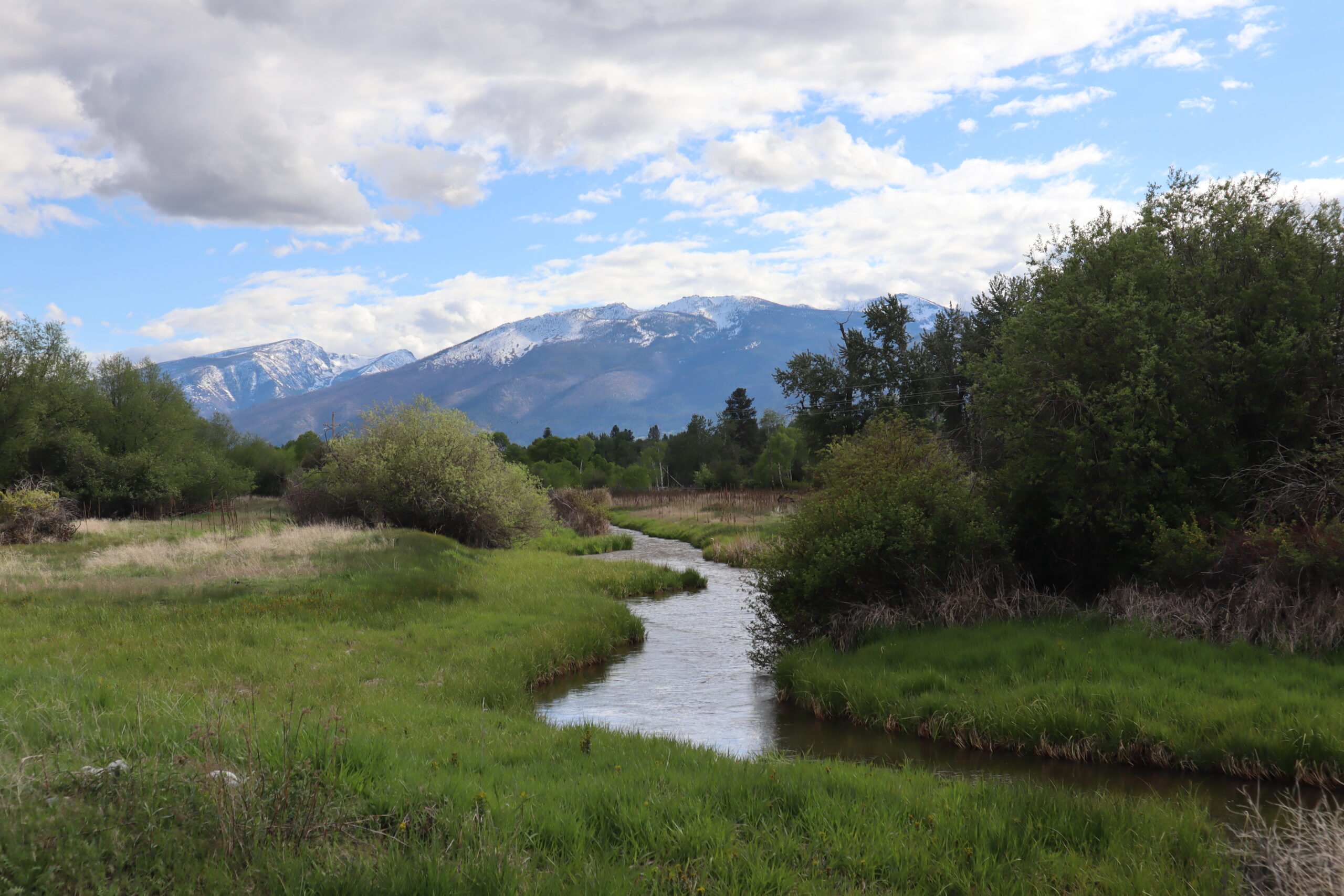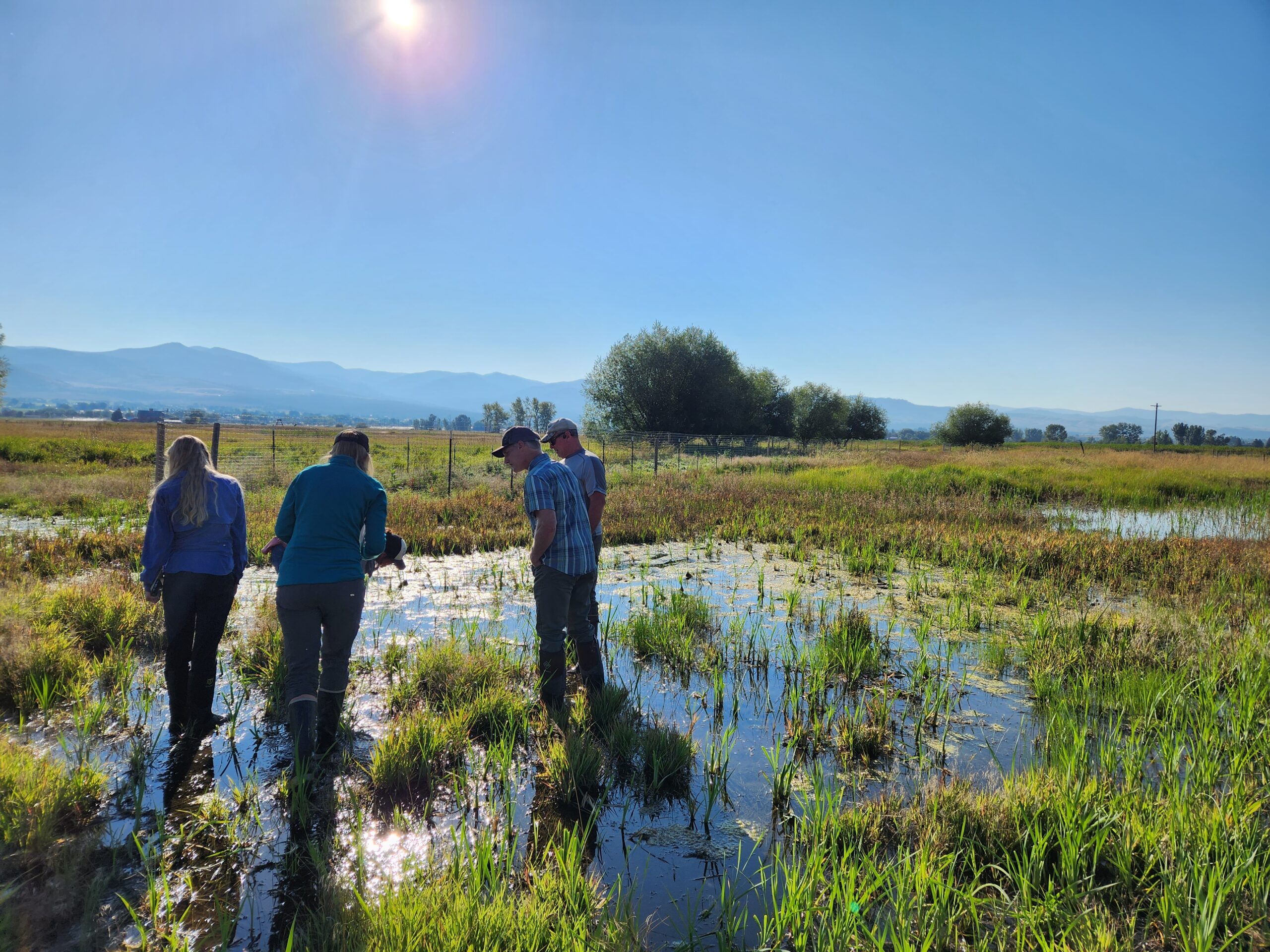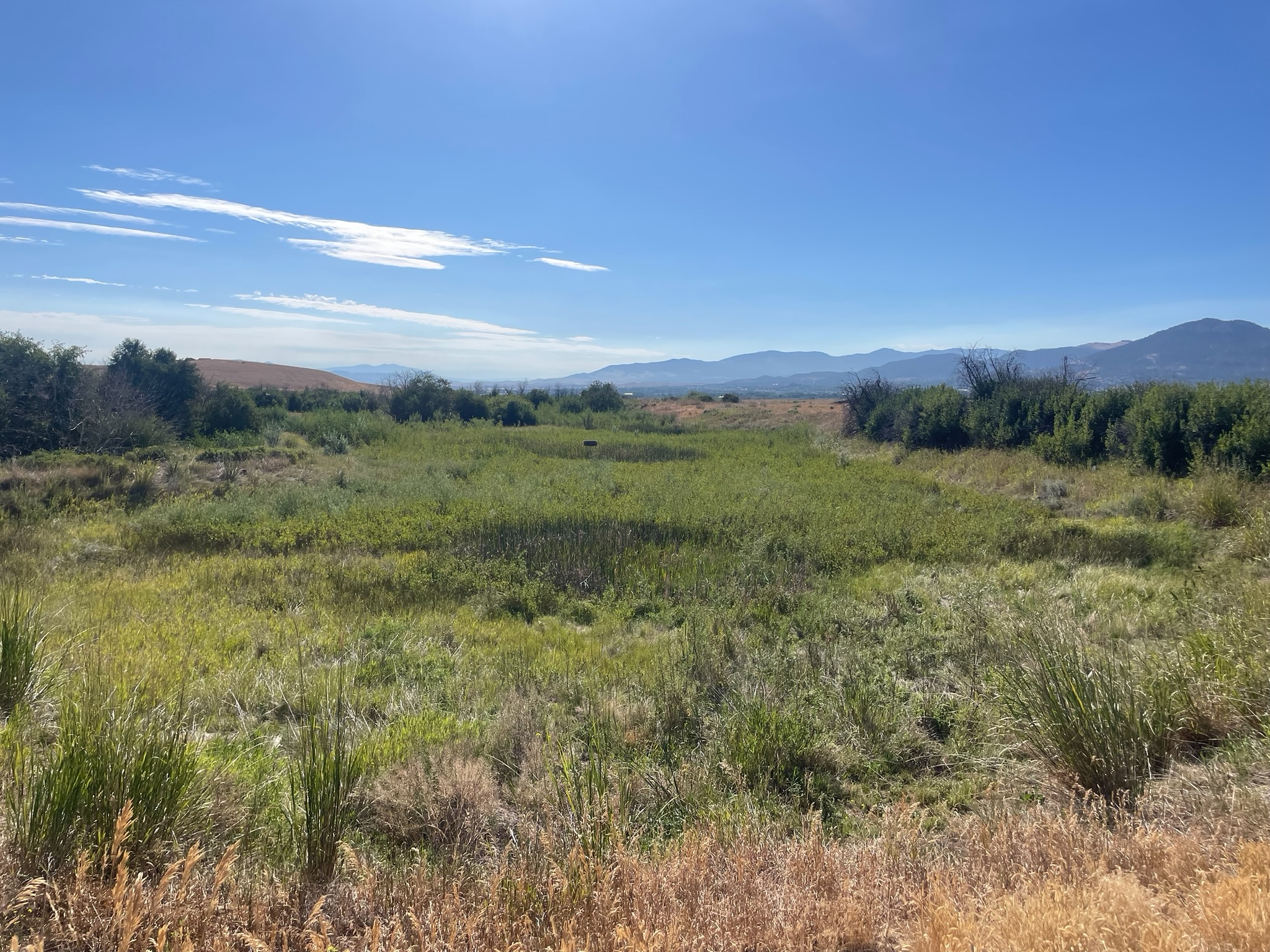Stream and Wetland Mitigation
A practical solution for the conservation of Montana’s streams and wetlands
Montana Freshwater Partners provides compensatory mitigation for unavoidable impacts to Montana’s wetlands and streams. Through the collection of mitigation fees, we provide a simple, practical solution that helps fund and implement restoration work in concert with more traditional conservation funding.
We work closely with the Army Corps of Engineers, other state and federal resource agencies, landowners, and partner organizations to identify and implement high-quality restoration projects in the same watershed where impacts occur.
We recognize that successful conservation work must account for and work with economic realities. The ILF program creates a simple, practical solution that balances unavoidable impacts with essential restoration. It embraces a pragmatic philosophy, aligning with Montana values of doing what needs to be done and caring for the land we all love. See the video below to learn how the ILF program works.

How Stream and Wetland Mitigation Works
Watch the video to learn how Montana Freshwater Partners helps balance healthy economies with healthy landscapes.
MFP raises the bar for stream and wetland mitigation in Montana

Watershed Approach
We identify stream and wetland mitigation projects using a watershed approach by working with local partners to prioritize areas that have an outsized ecological value.

Maximizing Benefit
We utilize scale efficiencies, combining funds from individual, smaller impacts within a given watershed to tackle larger restoration projects.

Above and Beyond
Montana Freshwater Partners doesn’t stop by meeting minimum requirements – we go above and beyond to create the maximum ecological benefit. Our mitigation work is completed quickly to minimize temporal loss of ecological functions.
Featured Projects
Frequently Asked Questions
Who provides oversight for ILF projects?
All of our projects must be approved by the U.S. Army Corps of Engineers (USACE), as well as an Interagency Review Team (IRT). The IRT is comprised of members from the USACE, the Environmental Protection Agency (EPA), the U.S. Fish and Wildlife Service (USFWS), Montana Fish Wildlife and Parks (MTFWP), and Montana Department of Environmental Quality (DEQ).
How are wetland and stream credits calculated?
Wetland credit debit and credit offset calculations follow the protocols outlined in the 2005 Montana Compensatory Mitigation Regulatory Guidance Letter and the 2008 Montana Department of Transportation Wetland Functional Assessment Method, while stream credit debits and credit offsets are calculated using the 2013 Montana Stream Mitigation Procedure.
In mitigation terms, wetland and stream credits fall into two groups:
Credit Debits are often associated with the stream or wetland losses at the permittee’s impact site; credit debits increase as the size of the impact increases.
Credit Offsets are associated with the ecological stream or wetland gains at the mitigation site, which are determined by both the scope and scale of the restoration project. Credit offsets generated at the mitigation site are used to offset the credit debits resulting from permitted impacts.
Does MFP have a guidance document for this program?
Yes! Take a look at our most current In-Lieu Fee Instrument by clicking here.
What are the benefits of having an ILF project on my property?
Montana Freshwater Partners works closely with our landowner partners to design a project and compensation package that creates as many benefits as possible. Here are a few of the program benefits:
Direct landowner payment and/or tax benefits
No landowner contribution/cost-share required
Landowner gets a funded wetland/stream restoration project (typically a $40,000+ value) at no cost
Direct payment for property infrastructure that helps support the restored site like fencing, weed control, stock water wells/tanks, water gaps, access roads, seeding, etc.
Resource benefits like improved water quality/quantity, reduced erosion, restored/improved wildlife habitat, native plantings and seeding from the restoration project
Project funding could potentially be used to leverage funds from other programs to bring additional benefits to landowner
No public access required and the landowner can continue to enjoy and use the restoration site. Often site protection requirements are no more restrictive than Farm Bill programs that are already in place and managed grazing can continue
Montana Freshwater Partners will take care of all the paperwork/agency coordination for the project
What type of agreements need to be in place for a project to occur?
Because Montana Freshwater Partners is mitigating for permanent wetland impacts, we are obligated to ensure permanent site protection for the projects we invest in. This usually takes the form of a deed restriction or a conservation easement, depending on landowner preference. We can work with landowners to determine which option is the best for their property.
How do I know how many credits I need to purchase?
The U.S. Army Corps of Engineers District Office in Helena will determine how many credits you will need to purchase to mitigate the impacts associated with your project’s Section 404 permit. See the wetland and stream credit debit description above, under “How are Stream and Wetland Credits Calculated?” FAQ.
How are credit prices determined?
Montana Freshwater Partners must base its mitigation fees for ILF projects on the actual costs of restoring, enhancing, and protecting streams and wetlands including sufficient funds to monitor, manage, and protect project sites in perpetuity to ensure lost habitat functions from permitted projects are restored and preserved. Fees fund planning, design and construction, adaptive management, long-term monitoring, and site protection. A permittee’s purchase of mitigation credits from Montana Freshwater Partners permanently and legally transfers mitigation responsibilities to Montana Freshwater Partners and as a result we assume the legal obligation and liability to deliver the mitigation credit to offset the permitted impacts. Our credit prices reflect the cost of fulfilling that legal obligation.
How much do credits cost?
Please contact Montana Freshwater Partners at info@freshwaterpartners.org for our current credit prices in your service area location. You can also call us directly at (406)-298-7642.



